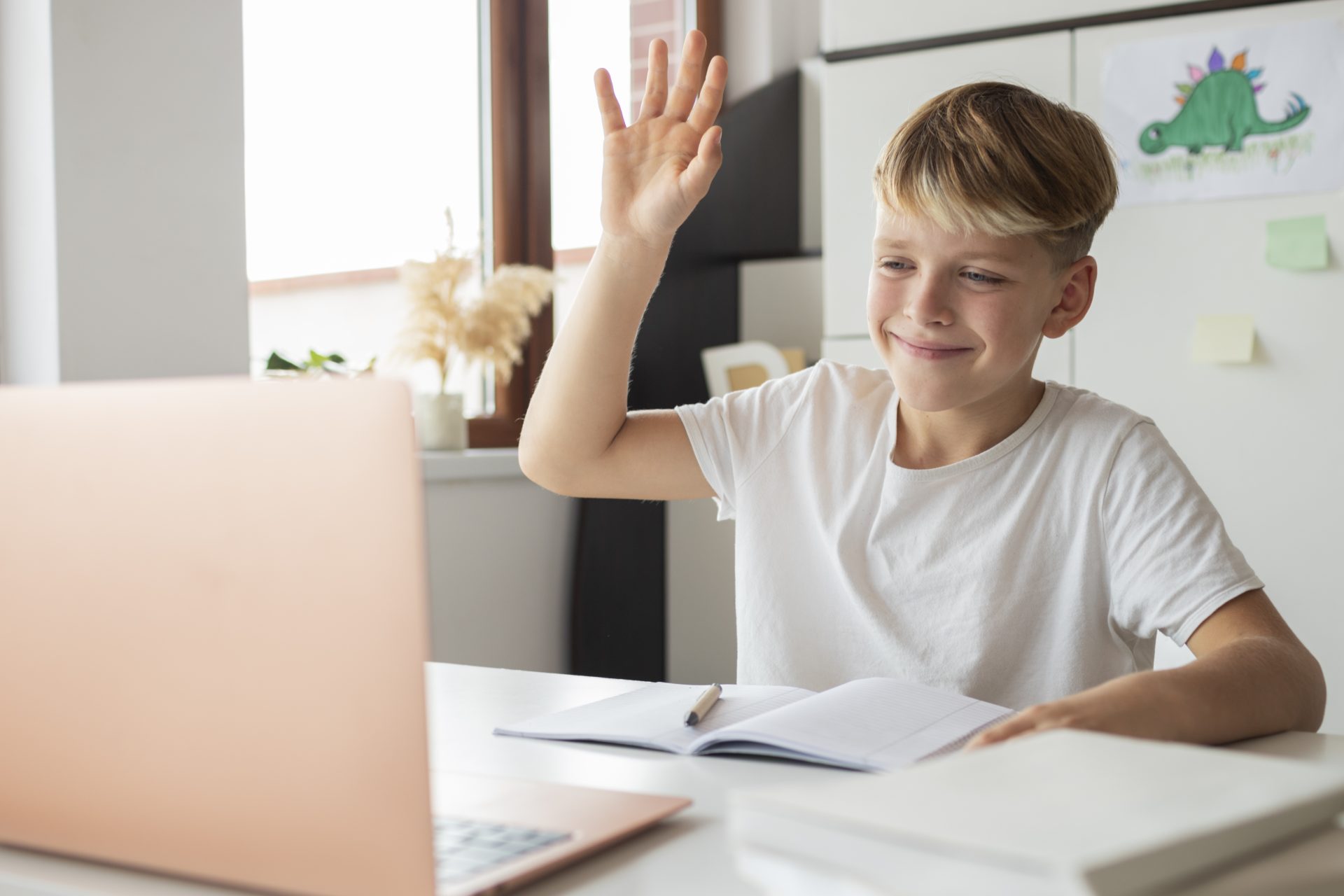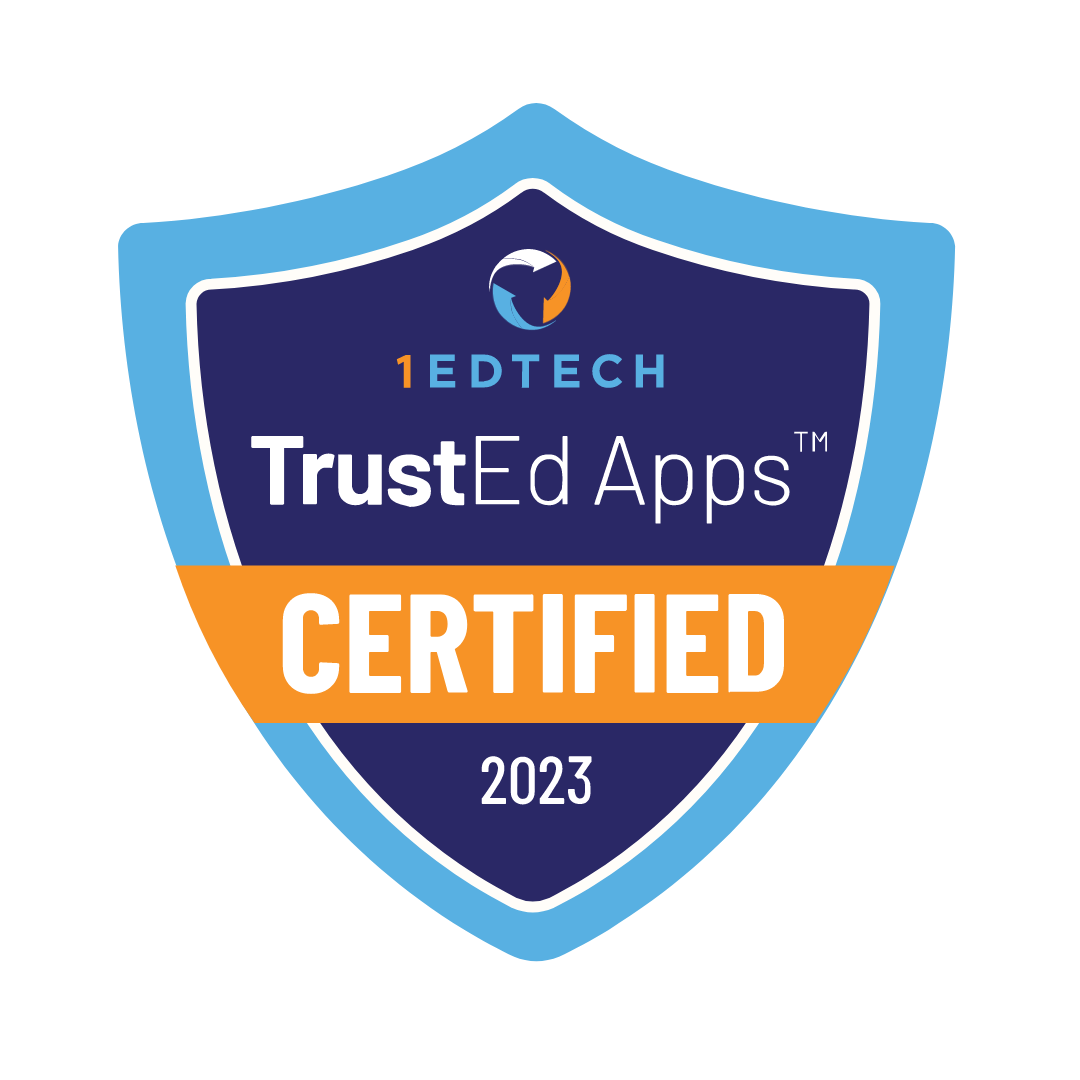Contents
Online education in elementary school has pros and cons. The biggest downside is less social interaction compared to physical schools. Teachers help students overcome this downside. We’ll explore how teacher-student interaction leads to success.

Teacher-student interaction in online elementary school is how teachers and students connect during learning. This connection includes lessons, feedback on work, and one-on-one support. We’ll explore why it’s important and what teacher-student interaction includes.
The Importance of Teacher-Student Interaction
Teacher-student interaction is essential for online learning. It keeps students engaged, helps clarify difficult topics, and ensures they get personalized feedback. Regular communication helps teachers track progress and address issues quickly. A strong connection with the teacher motivates students to stay focused and succeed. Students struggle to stay on track or fully understand the material without this interaction.
Legacy Online School has certified teachers who know how important this interaction is. They support each student and help them succeed in online learning.
Challenges in Online Social Interaction
Online education brings several challenges in terms of social interaction. Below are the key seven issues and recommendations on how to address them.
Lack of Face-to-Face Communication
One of the primary challenges is the absence of in-person interaction. Students struggle to connect with their peers and teachers. This leads to feelings of isolation and disconnect.
Solution: Incorporate more video-based interactions. These video-based interactions include live classes, group video chats, or virtual meet-ups. Use platforms like Zoom or Google Meet to enhance personal connections.
Miscommunication through Digital Platforms
Online communication relies often on written text. Relying on text causes misunderstandings. Students misread the tone or meaning of messages without visual or audio cues.
Solution: Encourage using video or voice messages to add visual and audio cues. Use WhatsApp or Microsoft Teams to improve communications.
Limited Engagement in Group Activities
Students have different schedules and time zones. This results in reduced participation and engagement from students.
Solution: Use tools like Google Docs or Microsoft OneDrive for real-time collaboration. Schedule meetings during mutually convenient times and use asynchronous collaboration options.

Lack of Meaningful Connections
Students struggle to form meaningful connections with classmates and teachers. This affects collaboration and networking opportunities.
Solution: Foster small group activities and mentorship programs to pair students with peers or teachers. Use tools like Breakout Rooms in Zoom to reach personalized interaction.
Lack of Immediate Feedback
Students get immediate feedback during conversations or class discussions in a traditional school. Students don’t always get immediate feedback in an online school. This impacts the learning process and social interaction.
Solution: Use instant messaging tools such as Slack for quicker responses. Set specific time frames for feedback from teachers.
Managing Diverse Communication Styles
Online learners come from various cultural and social backgrounds, each with its own communication norms. Navigating these differences lead to communication challenges and misalignment in expectations.
Solution: Offer communication guidelines and encourage the use of inclusive language with platforms like Common Sense Education. Facilitate cultural awareness training to help students understand different communication norms.
Technical Barriers
Technical problems like bad internet or unfamiliar online tools make communication harder. This disrupts group interactions or hinders smooth participation in discussions.
Solution: Provide technical support via platforms like TechSoup. This platform offers affordable technology for schools. Use Coursera’s digital literacy courses. These courses help students become more familiar with online tools.
These issues highlight the importance of developing strategies to improve social interaction in online education.
Strategies for Effective Online Teaching

Students and teachers boost their interaction with six strategies for better online teaching.
Microlearning for Better Retention
Use microlearning to deliver lessons in small, digestible segments. Microlearning helps students absorb information better and reduces cognitive overload. Break your lesson plans into 10-15 minute sections, each focusing on one specific learning objective.
Blended Learning for Flexibility
Combine live sessions and pre-recorded videos or assignments for students. This allows flexibility for kids who have different schedules or learning paces. Use tools like Zoom for live classes. Use platforms like Google Classroom for asynchronous content.
Low-Stakes Assessments for Quick Feedback
Assess students with low-stakes quizzes, polls, or reflections. Use tools like Quizlet or built-in Google forms for quick feedback.
Peer Interaction for Social Skills
Promote peer-to-peer interaction through group projects, discussion boards, and peer reviews. Use tools like Padlet or Slack to facilitate collaboration and communication between students.
Timely Feedback for Engagement
Offer students specific and timely feedback on their work. Highlight their strengths and give clear suggestions for improvement in your feedback. Use tools like Google Classroom or Canvas for managing assignments and feedback.
Variety of Media for Best Learning Environment
Use a mix of videos, infographics, interactive simulations, and digital whiteboards to enhance engagement. Use tools like Edpuzzle or Pear Deck to create an interactive learning environment.
The Role of Feedback in Online Learning
|
Parents, Take Note
The study “Understanding Feedback in Online Learning – A Critical Review and Metaphor Analysis” was conducted by Lasse X. Jensen, Margaret Bearman, and David Boud. The researchers analyzed 17 papers from leading journals and identified six dominant conceptualizations of online feedback. Key findings revealed only feedback as a dialogue and feedback as a learner tool align with emerging best practices. These two approaches emphasize student agency, interaction, and the active use of feedback to improve learning. The other four conceptualizations place the responsibility primarily on the teacher or system, limiting the potential for student engagement and growth. The study highlights this misalignment affects up to 80% of feedback practices in online learning environments.
|
Feedback helps guide students’ progress, keeps them motivated, and clarifies misunderstandings. Here are five reasons feedback is important:
- Students know their mistakes and how to improve when they receive feedback. Written or video feedback give clear explanations on assignments or assessments.
- Students stay on track and keep improving when they know their work is being reviewed.
- Students monitor their own progress and set goals based on the teacher’s input.
- Students resolve misunderstandings when they receive personalized feedback.
- Teachers and students connect better online with feedback. Feedback makes the learning experience feel more interactive and personalized.
Parental Involvement in Online Learning

Parental involvement plays a key role in the success of students in online learning. Here’s why it matters and how parents support their children’s education:
- Parents help create a daily schedule and a dedicated learning space. A structured routine helps students manage their time and stay focused during online lessons.
- Parents check regularly on their child’s progress. Parents make sure assignments are completed on time and the child understands the material. They monitor student’s grades and deadlines using platforms like Google Classroom.
- Some students feel isolated. Parents motivate their children, offering encouragement, and celebrating achievements.
- Parents maintain open communication with teachers, attending virtual parent-teacher meetings and reaching out with questions or concerns. This helps ensure any student’s learning challenges are addressed quickly.
- Parents assist their children with navigating online tools and resolving basic technical issues.
Conclusion
Teachers and parents are key to fixing the downsides of online learning. We’ve talked about why teacher-student interaction matters and the main challenges students face in online education. We covered strategies to overcome these challenges. Teachers, parents, and students consider these strategies and work together to succeed in online learning.











